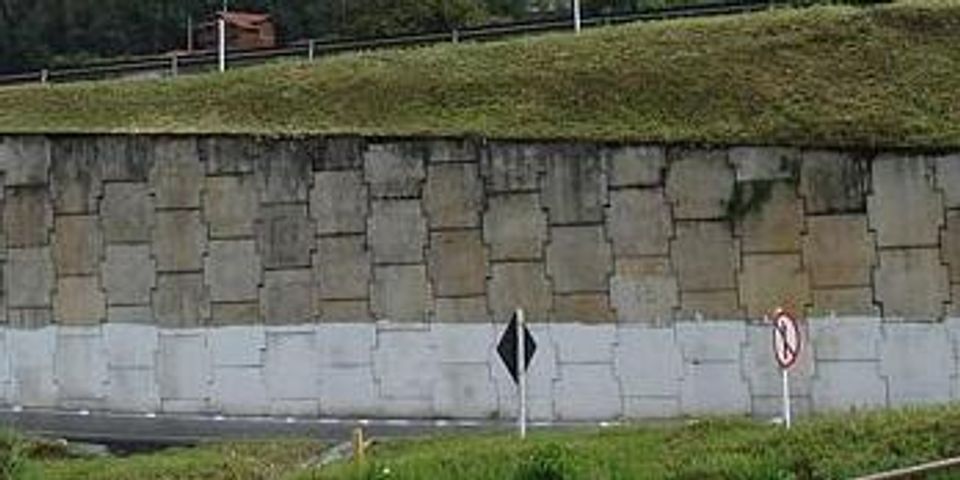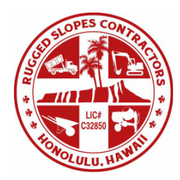
Retaining walls serve a variety of purposes, adding visual interest to landscape designs and shoring up major changes in elevation. Depending on your environment and the size of your wall, there are several varieties of concrete walls to choose from. According to the expert concrete contractors at Rugged Slopes Hawaii in Honolulu, here are some of the most common retaining wall designs:
- Gravity Poured Concrete: Relying on their own weight and that of the soil on top, these walls lack reinforcement, so are best for heights under 10 ft. They are generally poured on-site, but can be prefabricated at a separate location first.
- Semi-Gravity Concrete: These also depend
solely on their own mass for strength, but have steel reinforcements
that minimize the thickness.

- Cantilevered Designs: Generally economical for walls up to 25 ft. in height, this reinforced wall design features a base slab which lies underneath the wall. The heel, the section of the base underneath the backfill, provides additional stability and strength. For larger walls, this design requires less concrete but more precision in construction and design.
- Counterfort Designs: Ideal for constructions over 25 ft., this modification of a cantilevered retaining wall has thin vertical concrete slabs connecting the heel and the wall face itself. This provides additional strength, and allows it to resist the mass of the soil pressing against the wall.
Rugged Slopes Hawaii will help you select the best retaining wall design and material to fit your needs. Visit their website to learn more, or call (808) 722-4918 to discuss your project today.
About the Business
BUSINESS
Concrete Contractor
Rugged Slopes Hawaii
ServingHonolulu, HI
Have a question? Ask the experts!
Send your question

